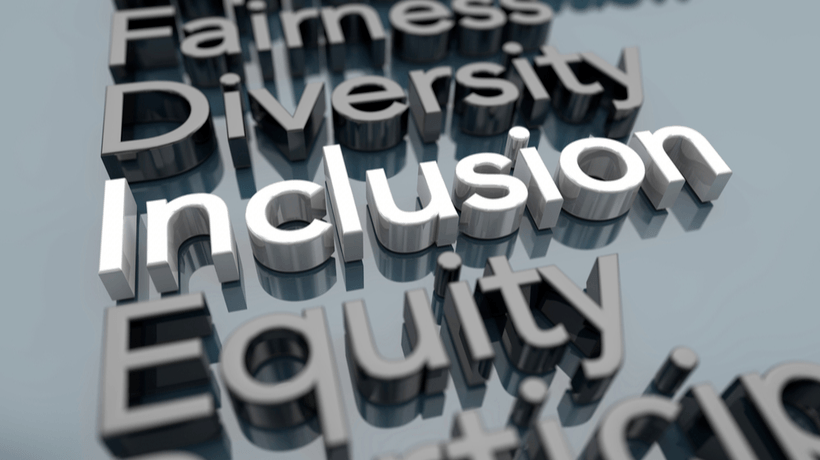Create A Diverse, Equitable, And Inclusive Workplace
What is DEI, and why has it become a huge talking point in the last decade? DEI stands for diversity, equity, and inclusion. DEI initiatives help organizations create a more diverse, inclusive, and equitable workforce. Organizations that implement DEI initiatives have a workforce that are better decision-makers, more creative, and innovative, benefitting every aspect of the organization.
Today, I will help you determine how you can make diversity, equity, and inclusion work within your organization.
Defining Diversity, Equity, And Inclusion
- Diversity
Diversity refers to including people regardless of their race, (dis)ability, age, gender, sexuality, etc. - Equity
Equity refers to freedom from biases and being committed to an equal opportunity policy. Equity aims at removing all barriers and promoting fairness and opportunity for growth to all employees. - Inclusion
Inclusion ensures all individuals feel part of a larger group where their views and perspectives are welcomed and heard.
5 Ways To Create A More Diverse, Equitable, And Inclusive Workplace
DEI initiatives help organizations meet their social and compliance goals, and create a thriving workforce which improves the bottom-line growth.
Here are some steps you can take to address your DEI initiatives.
1. Collect And Analyze Data
Collecting data on the three parameters—diversity, equality, and inclusivity—will enable you to compare it against other organizations within your geography or industry. This will help you raise awareness and increase accountability within your organization. Most of the data, such as age, gender, language, etc., can be obtained from the human resource management system. Other information, such as learning styles, personality types, etc., can be identified through surveys and personality testing. Information regarding religion, sexual orientation, gender identity expression, and ethnicity can be recorded through a voluntary self-identification survey.
2. Identify The Problem Areas And Address The Barriers
The data collected from various systems and surveys will help you identify the problem areas or areas of underrepresentation. You can then bring it to the attention of the relevant stakeholders. Then, you can identify ways to eliminate or tweak the processes that are encouraging it.
For example, suppose you have identified that your organization has fewer women managers compared to others. You can bring this to the attention of key decision-makers. This will enable you to encourage them to take action and set time frames to increase the representation of women at the managerial level. Here is another example. Several surveys have identified that employee referrals can encourage employees to refer others from the same race, religion, or nationality, resulting in low diversity. You can address this problem by bringing in other sourcing options along with the employee referral system.
3. Get Buy-In
Like any other initiative, DEI initiatives also require support from senior management. They need to understand the importance and its direct impact on the bottom line. Most organizations have a DEI champion tasked with the role of promoting and supporting the initiatives. It is also important to get the support and involvement of the managers in training, designing, and implementation of DEI. This will increase the buy-in and ease the problems involved in the execution of the programs.
4. Implement Systems/Initiatives
Implementation of new systems and initiatives starts with setting realistic goals.
Some of the initiatives that you can undertake are:
- Bringing about change in policies and systems, which are a hindrance to diversity, equity, and inclusion;
- Introducing training programs for employees across the organization; and,
- Recruiting to fill the gaps identified during the data collection stage.
5. Evaluate And Review
DEI initiatives do not end here. It is an ongoing activity where you need to pause, evaluate, and review your efforts. Sometimes, you will have to start the whole cycle again, starting with the collection and analysis of data. Remember that DEI programs are essential for building an engaged and happy workforce in your organization.
Conclusion
Research studies indicate that organizations with a diverse workforce are more likely to provide increased job satisfaction to their employees. They can have an engaged workforce, and they can expect higher levels of trust from their employees.
The above steps may not be comprehensive, but they give you a foundation to develop an organization-wide DEI initiative. I hope you find this article insightful and that it helps you build a more diverse and engaged workforce. If you have any specific queries, do contact me or leave a comment below.









